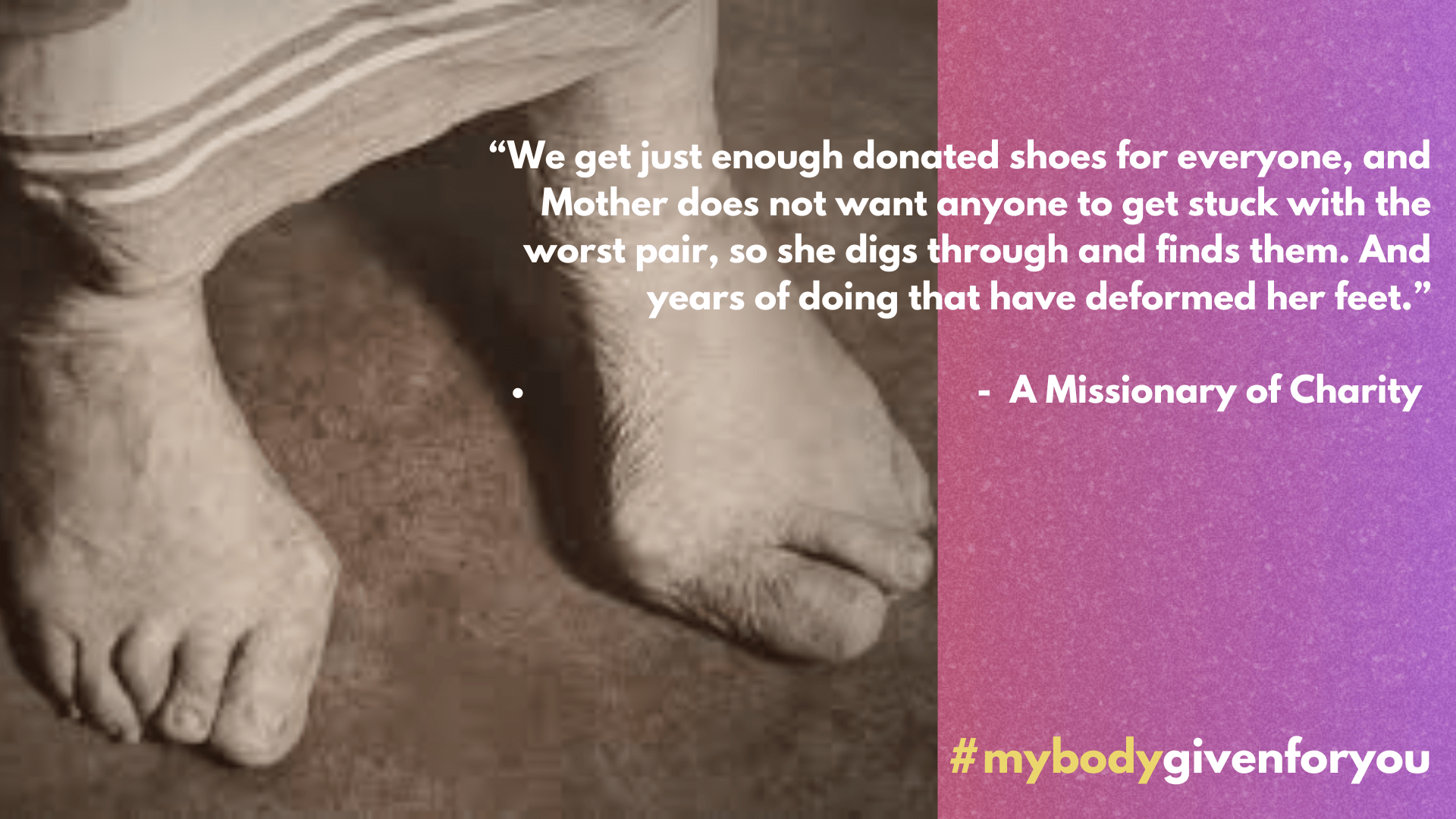If there’s one word that can encapsulate St Mother Theresa, it’s “given.”
Born Anjezë Gonxhe Bojaxhiu on August 26, 1910, in Skopje, then part of the Ottoman Empire (now North Macedonia), she grew up with great reverence for the sacraments, having received her First Communion at age five and Confirmation a year later.
While famous for her life of tireless work among the poorest of the poor, few in the world realize what fueled it: Jesus in the Eucharist.
At the age of 18, she joined the Sisters of Loreto in Ireland, where she received the name Sister Mary Teresa after St. Thérèse of Lisieux. In 1929, she moved to India to teach at St. Mary’s High School for Girls in Calcutta. She taught the daughters of the city’s wealthy elite. However, the poverty and suffering outside the convent walls called to her.
A Call within a Call
In 1946, during a train ride to the Loreto convent in Darjeeling, Teresa experienced what she later described as “the call within the call.” She felt compelled to leave the convent and live among the poor, dedicating herself to serving the most destitute in Calcutta.
Receiving permission from her superiors, she started missionary work in 1948, adopting Indian citizenship and donning a simple white sari with a blue border. With minimal resources, she established an open-air school and a home for the dying destitute. Her efforts attracted attention and support, enabling her to expand her mission.

A Congregation Grounded in the Eucharist
In 1950, Teresa founded the Missionaries of Charity, a religious congregation dedicated to serving the poorest of the poor. The order grew rapidly, opening hospices, orphanages, and leprosy centers across India and eventually around the world. Since the founding of her order, Eucharistic devotion has been the source of their work. Every morning, she and her sisters would spend an hour in Adoration, to enable them to love the poor more fully. “Unless we believe and see Jesus in the appearance of bread on the altar, we will not be able to see him in the distressing disguise of the poor,” she said.

Mother Teresa devoted herself and her community to caring for the Eucharistic Christ visible in the poor and vulnerable, the sick and the dying. Her selfless love was not formed on her own strength. Rather, she started every day with the Eucharist. It was through his Body and Blood that she heard Christ calling her to deeper love.

A Call to Greater Love for the Eucharist
Mother Teresa continued her mission until her health declined in the late 1990s. She passed away on September 5, 1997, in Calcutta, leaving behind a legacy of compassion and service. She advocated for perpetual Eucharistic Adoration in every parish around the world. “Nowhere on Earth are we more welcomed or loved than by Jesus in Eucharist. When you look at the crucifix, you understand how much Jesus loved you. When you look at the Sacred Host you understand how much Jesus loves you now.”

This article was partly informed by content from this article.



